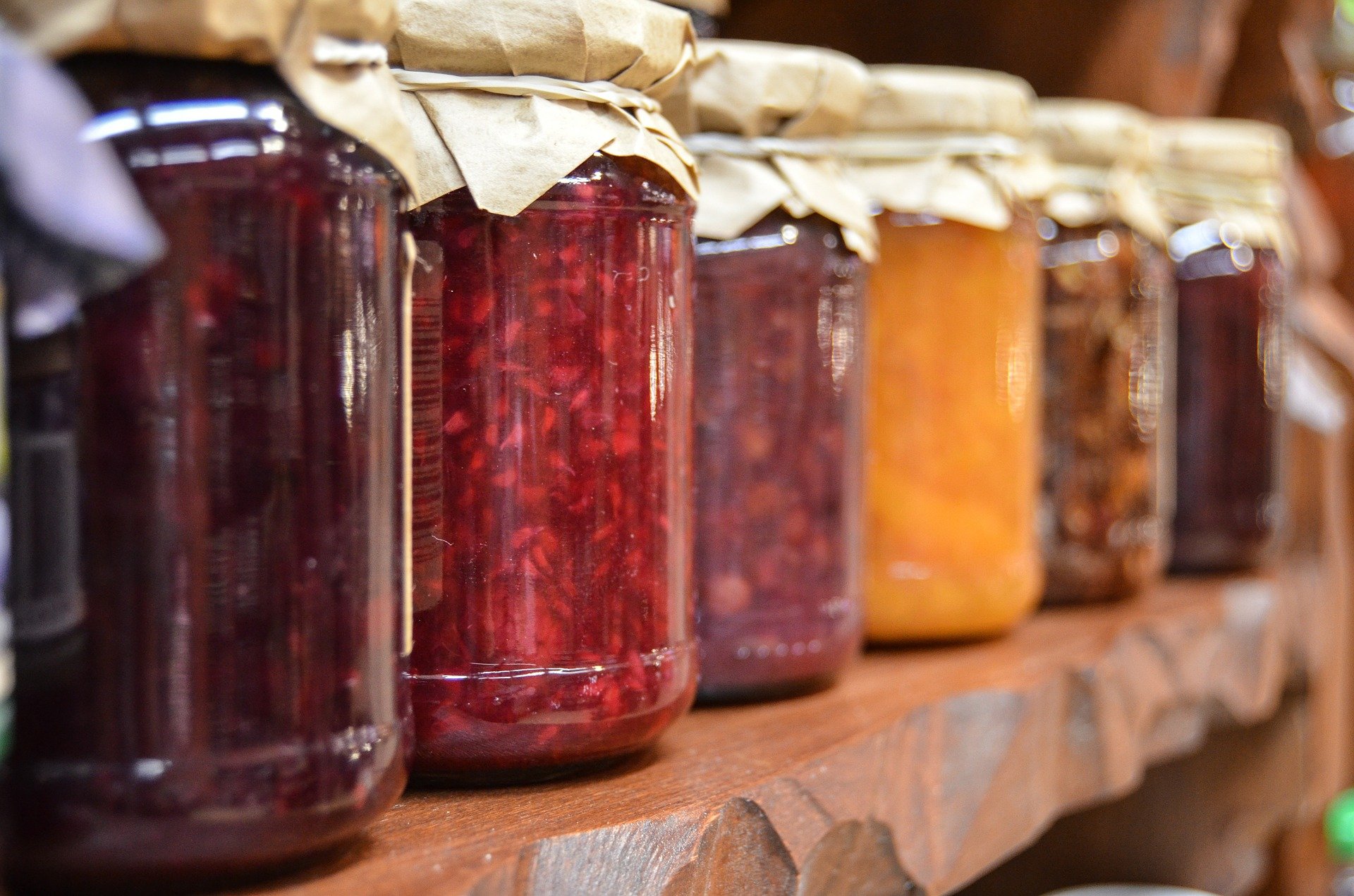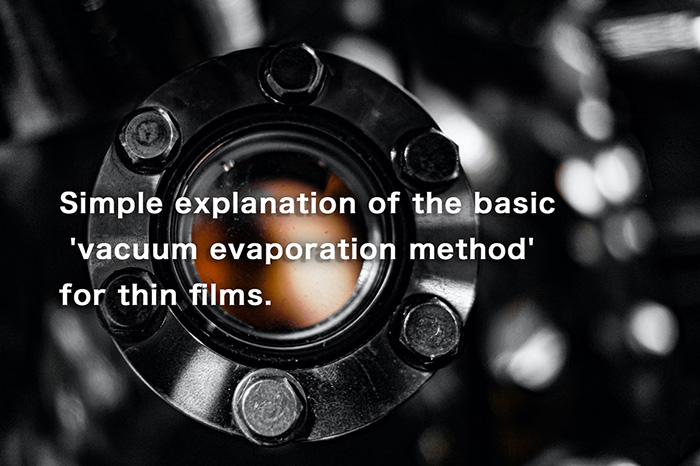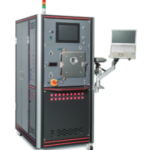
‘Vacuum’ is a word you hear a lot, but do you know what its characteristics are?
In this article, we will explain the five characteristics of a vacuum using easy-to-understand and familiar examples.
The principle of vacuum has been utilized in a surprisingly large number of everyday objects, such as vacuum cleaners, fluorescent lamps and dental treatment.
Contents
- 1 Five characteristics of a ‘vacuum’.
- 1.1 Characteristics of a vacuum 1 ”It allows us to feel the atmospheric pressure”
- 1.2 Characteristics of a vacuum 2 “It reduces Oxygen.”
- 1.3 Characteristics of a vacuum 3 “It prevents heat and sound from being transmitted”
- 1.4 Characteristics of a vacuum 4 “It promotes evaporation (lower the boiling point)”
- 1.5 Characteristics of a vacuum 5 “It promotes discharge”
- 2 Summary
Five characteristics of a ‘vacuum’.
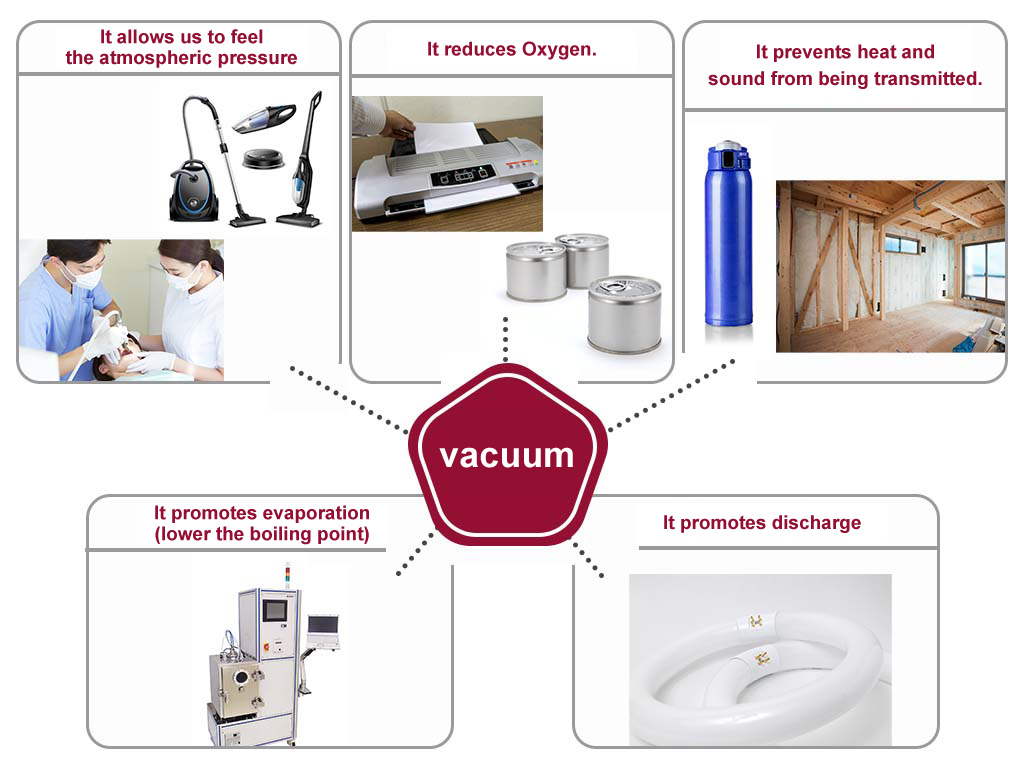
Vacuum technology has been applied in cutting-edge science and technology, including industrial techniques, space exploration, and high-energy physics research.
This section introduces the state of “vacuum,” which is applied in a variety of situations, in terms of five easy-to-understand characteristics.
- It allows us to feel the atmospheric pressure
- It reduces Oxygen.
- It prevents heat and sound from being transmitted.
- It promotes evaporation (lower the boiling point)
- It promotes discharge
Let’s explain each of these in detail.
Characteristics of a vacuum 1 ”It allows us to feel the atmospheric pressure”

A vacuum is a state of pressure below atmospheric pressure.
This pressure differential has many uses, including adsorption, conveyance, suction, and gas displacement.
Examples of use include intraoral vacuums for dental care, vacuum blood collection tubes for blood pressure testing, milking machines for dairy farming, vacuum tweezers and vacuum lifts, etc.
Characteristics of a vacuum 2 “It reduces Oxygen.”

In a vacuum, there is less oxygen than in atmospheric pressure conditions because the density of gases is thin.
The application of less oxygen is preserved food by canning and vacuum-packing.
Vacuum technology plays a major role in the manufacture of semiconductor integrated circuit elements, light-emitting diodes (LEDs) and hard disks, as the removal of oxygen is essential.
Characteristics of a vacuum 3 “It prevents heat and sound from being transmitted”
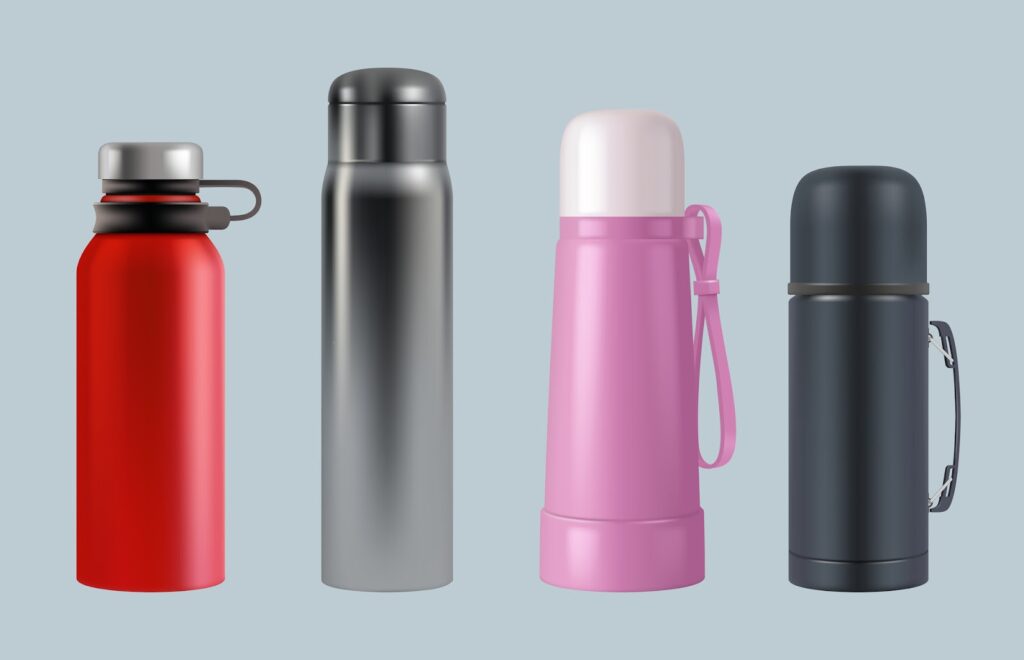
A vacuum reduces the amount of air and therefore also eliminates heat conduction.
This insulation technique has been applied to familiar thermos bottles, insulated windows for homes, and insulated capsules for sample retrieval from the International Space Station, etc.
Characteristics of a vacuum 4 “It promotes evaporation (lower the boiling point)”

Evaporation is more likely to take place in a vacuum than in air.
The ease of evaporation is used for coding, including metals by vacuum evaporation, and for freeze-drying of food products.
Vacuum evaporation systems, which form thin films, were created by applying the ease of evaporation.
See also these articles for more information on vacuum evaporation equipment.
Characteristics of a vacuum 5 “It promotes discharge”
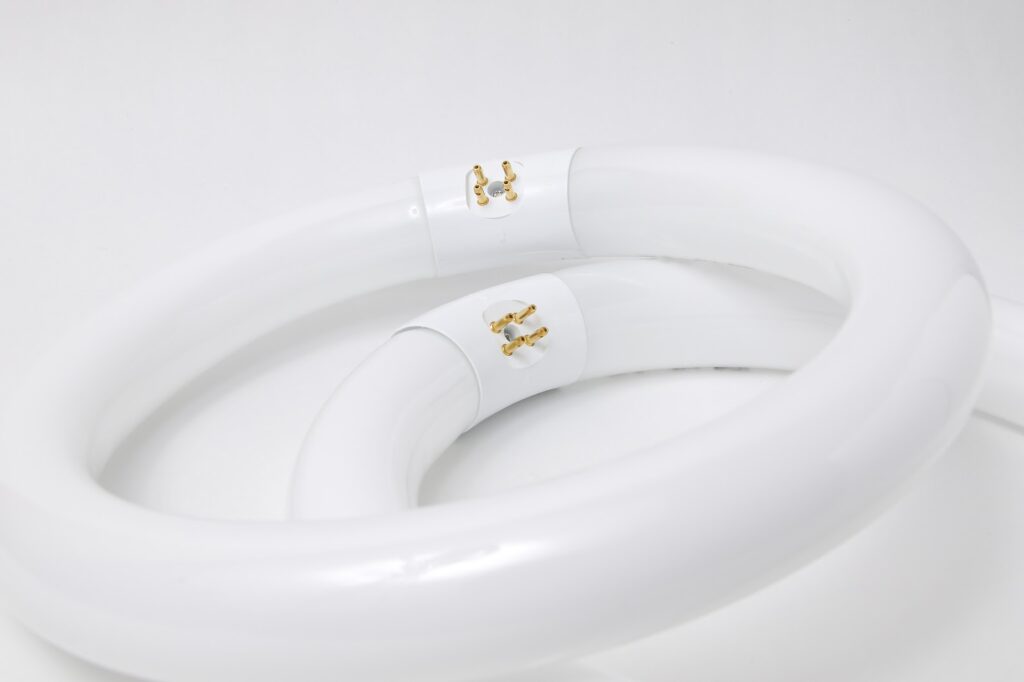
The state of discharge that occurs in a vacuum is known as plasma and is used in plasma-based surface treatment, fluorescent lighting, neon signs and plasma television.
Furthermore, they are used in the manufacture of semiconductor integrated circuit elements and solar cells.
Sputtering equipment produces thin films in a vacuum discharge.
Summary
In this article, the characteristics of the vacuum state were explained, including familiar examples and thin-film technology.
We hope this helps you to understand the vacuum a little more clearly.
We, SUGA manufacture equipment essential for thin-film deposition using vacuum technology.
We also offer a test deposition service, so feel free to contact us for more information.
For more information on Test Deposition Service, please click here.
See the products here.
Products

